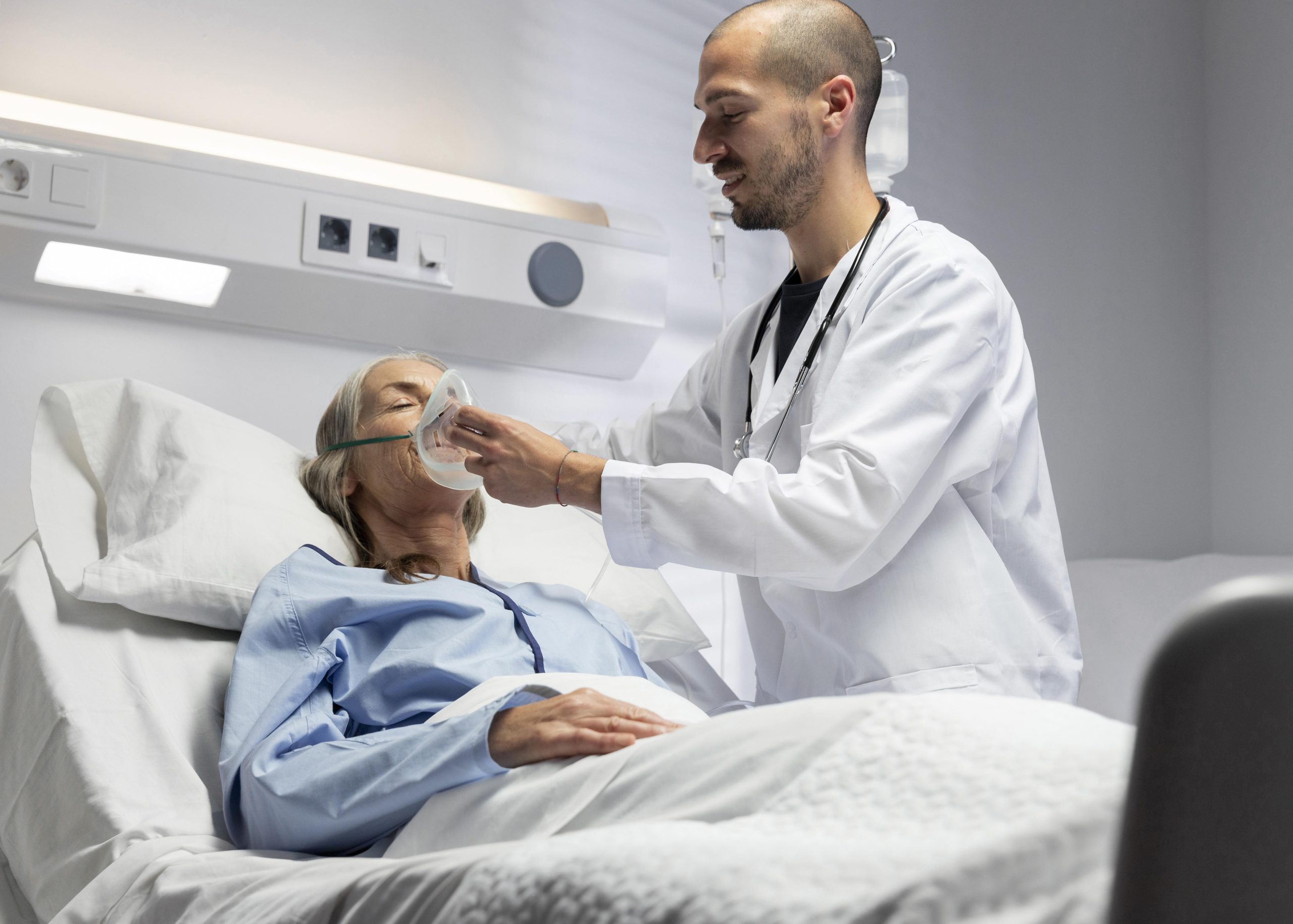Why Healthcare Facility Relocations Require Specialized Planning and Execution
Moving in the Healthcare Sector Isn’t Business as Usual
Relocating a dental clinic or healthcare facility is a far more complex endeavor than a standard office move. It’s not just about moving furniture or electronics — it’s about ensuring uninterrupted patient care, safeguarding medical records, complying with health regulations, and maintaining sterile equipment conditions.
A mismanaged move in this sector can result in costly downtime, regulatory violations, and most critically, compromised patient safety. That’s why specialized planning and experienced support are critical.
What Makes Healthcare Moves So Complex?
1. Regulatory Compliance
Healthcare facilities must adhere to local, provincial, and national regulations when relocating. This includes zoning laws, data protection protocols (e.g., HIPAA equivalents in Canada), and licensing requirements for specific equipment.
2. Medical and Dental Equipment Handling
Dental chairs, sterilizers, radiography machines, and diagnostic devices require precise disassembly, safe transport, and calibrated reinstallation. This demands more than general moving experience — it requires specialized handling.
3. Continuity of Care
Any downtime could result in missed appointments, emergency care disruption, or patient dissatisfaction. Scheduling and communication are crucial to ensure transitions happen without affecting care quality.
4. Data Security
Patient records — both digital and physical — must be transferred securely, with chain-of-custody protocols and proper encryption where applicable.
Strategic Steps for a Successful Healthcare Relocation
Step 1: Start Planning at Least 6 Months in Advance
Coordinate with stakeholders including IT, legal, compliance, and clinical staff. Develop a move timeline that incorporates licensing updates, utilities setup, and equipment reinstallation.
Step 2: Select Movers with Healthcare Experience
You’ll want to partner with professionals familiar with healthcare and commercial environments. Teams that handle calgary commercial moving have experience coordinating large-scale relocations involving sensitive equipment and high-stakes logistics.
Step 3: Map Out Equipment and Technology Transfers
Label, document, and photograph every item. Back up all digital records and prepare your new facility with network and power setups to accommodate diagnostic and treatment devices.
Step 4: Notify Patients and Regulatory Bodies
Update patients well in advance. Ensure new location details are communicated across all touchpoints: websites, appointment systems, referral partners, and signage. Don’t forget to notify your college or governing body as required.
Common Pitfalls to Avoid
- Underestimating Time Requirements: A rushed relocation often leads to costly mistakes.
- Involving Unqualified Movers: A general mover may not be equipped to manage biohazard standards, tech equipment, or data-sensitive materials.
- Poor Communication: Staff and patients must be informed early and consistently throughout the transition.
A Real-World Example from Calgary
In a recent move, a multi-provider dental clinic in Calgary transitioned to a newly built location closer to a medical campus. The practice hired a local calgary moving company with experience in handling complex healthcare environments. Over a single weekend, all major assets — including X-ray machines and sterilization units — were safely relocated, with full reopening the following Monday. No patient appointments were lost.
Another case involved a rehabilitation center using a calgary movers team to shift administrative and treatment areas without interrupting ongoing therapy programs. Their flexible schedule and staging expertise helped keep both staff and patients on track.
Conclusion: Healthcare Moves Require More Than Muscle
Relocating healthcare and dental facilities is not a routine task. It demands meticulous planning, regulatory knowledge, and partners who understand the stakes involved. With specialized commercial moving teams, clinics can safeguard their assets, data, and — most importantly — their patients.
Choosing the right support ensures that your next move isn’t just smooth — it’s a step toward better patient experience and practice growth.
Further Reading & References:
- Canadian Dental Association – Guidelines for Clinic Setup and Compliance
- Alberta Health Services – Moving and Expanding a Healthcare Facility
- College of Dental Surgeons of Alberta – Facility Licensing and Relocation Process
- calgary moving company – Relocation experience with dental clinics in Calgary
- calgary movers – Supporting patient-first transitions
- calgary commercial moving – Commercial-grade equipment handling and planning
- CPAP Machine Price and Cost in Canada - July 24, 2025
- Are Vaporizers Harmful to Health? - May 1, 2025
- Why Standard Door Width Is Essential for Healthy, Accessible Homes in Canada - April 24, 2025



